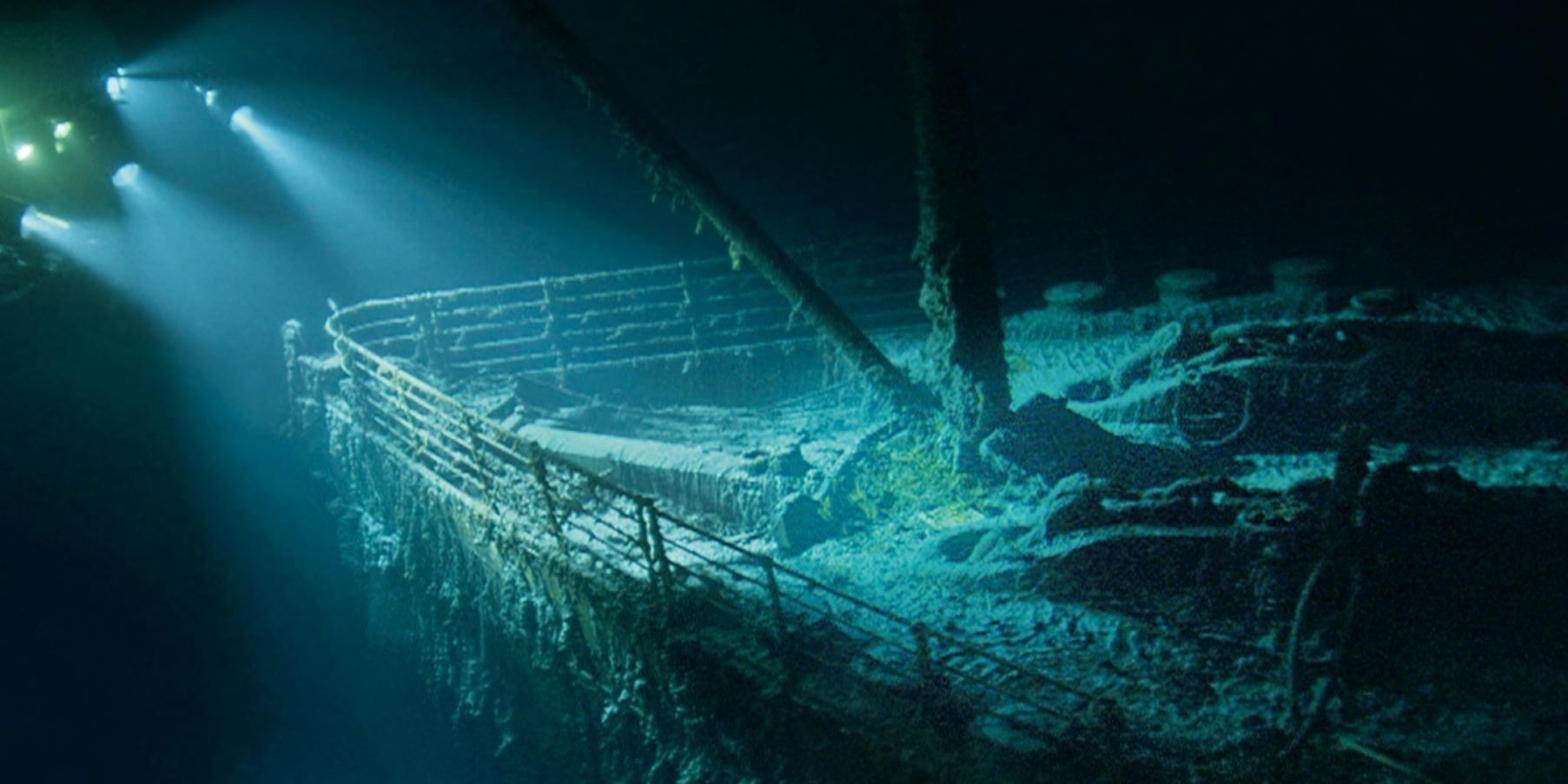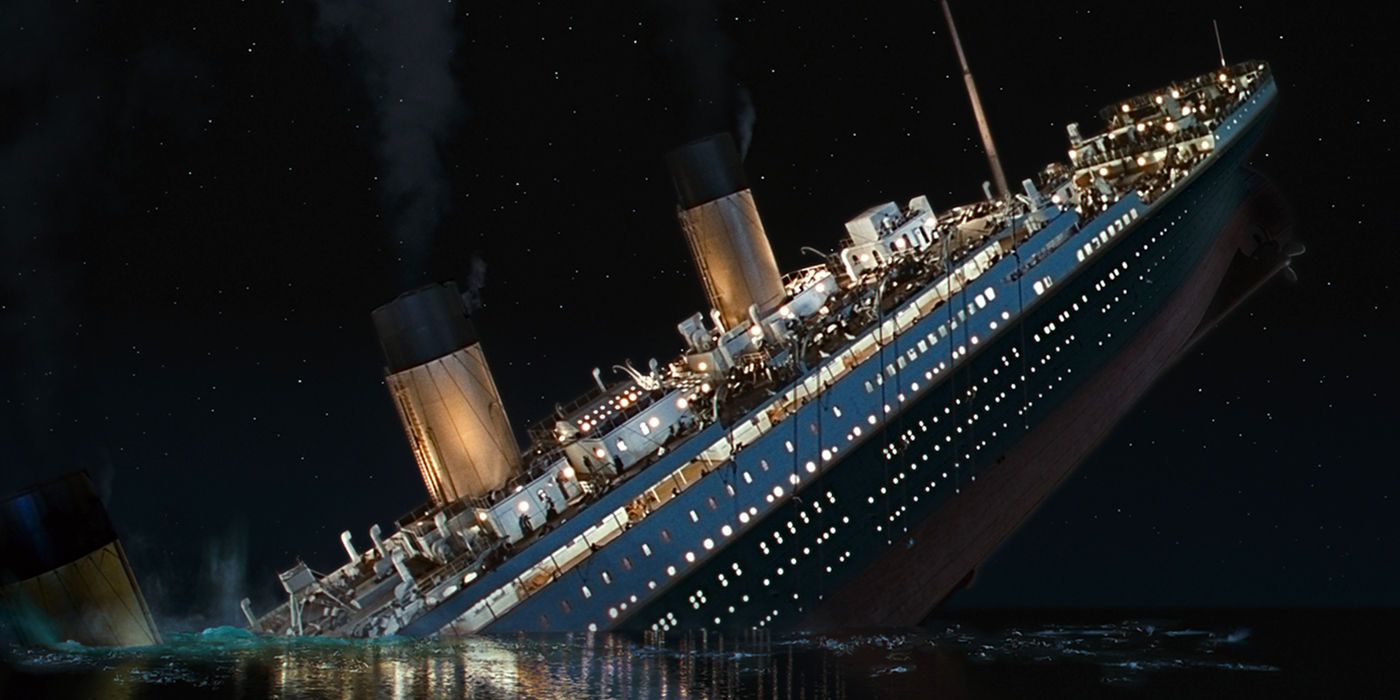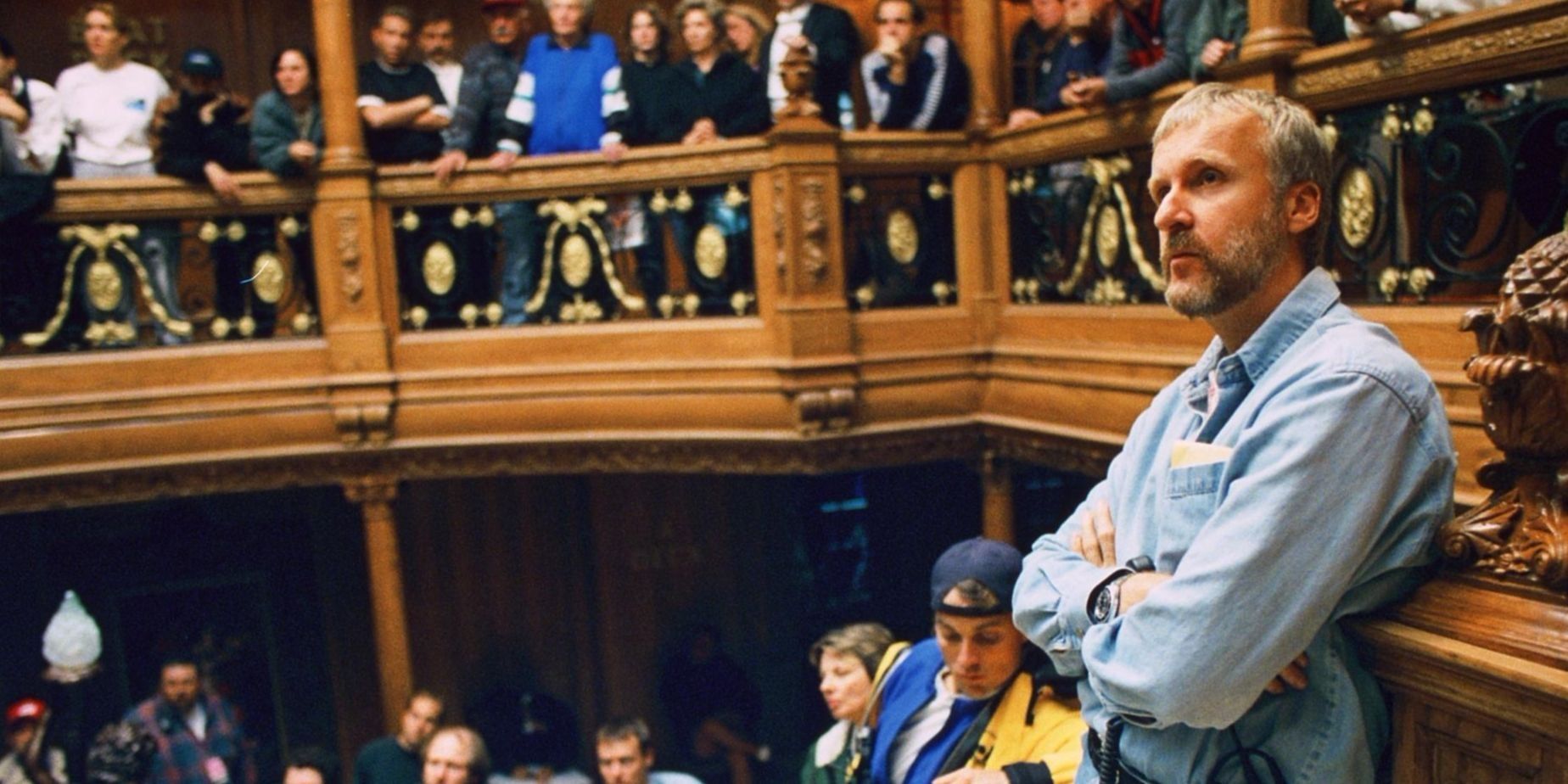
Sink or swim? While history looks back on James Cameron’s towering epic film Titanic as one of the greatest box office hits of all time, there were many, many times where its success was less than certain. The production of the deeply ambitious big-budget spectacle was fraught with peril – and we aren’t talking about icebergs in the fog!

Ballooning expenses, dangerous scenes, confounding decisions, and a whole lot of risk-taking could have sent the movie straight to the bottom of the cinematic seas. It’s hard to believe now that everything from Leonardo DiCaprio’s casting to Celine Dion’s award-winning song almost didn’t happen, but this was a voyage almost as dangerous in many ways as the real Titanic’s Atlantic crossing.
It’s amazing how many calamities the production survived, keeping Cameron’s unforgettable vision intact. Just as with the legendary ship, the movie was bigger than anything that came before it, captained by an uncompromising director who pushed full steam ahead into some treacherous waters. But this boat definitely stayed afloat. Just wait ’till you see what it had to navigate through before safely harboring at the port of cinematic history.
Here are 17 Wild Things You Didn’t Know About The Making Of Titanic.
17. Stairway to Harrowing
“Hey, we took the lens cap off the camera, right?” Filming giant scenes of epic destruction can be one of the most unnerving moments in a director’s career. When blowing up buildings or crashing cars, there’s often one chance to get things right as you won’t be un-exploding buildings after the scene is over. For Titanic, the scene where the water comes crashing into the Grand Staircase room was one such moment.
Recreating it precisely at great expense, having designed it to break apart in a very specific way, Cameron had one chance to get it right because the whole set would be trashed in the take. Obviously, the scene worked out great. Cameron’s experience from Terminator 2 when the Cyberdyne building gets blown up may have helped him work that one out.
16. James Cameron visited the actual sunken Titanic
Before making Titanic, director James Cameron spent a whole lot of time visiting the actual wreckage of the doomed ocean liner himself. An avid and passionate deep sea diver, Cameron sunk to the bottom of the ocean and saw for himself the final resting place of the giant vessel. And it wasn’t just one or two times. He actually went down there so often, he ended up spending more time on the ship than any one of the original passengers did.

That adds up to days and days of living over a mile deep under the sea.
He may as well have started singing that song from The Little Mermaid! The experience was highly inspirational and led to a perfectionist approach in every aspect of creating the final film, which audiences totally felt on the screen.
15. Leo needed a stunt hand for the drawing scene
One of the most touching scenes in Titanic is the one where Jack Dawson, played by Leonardo DiCaprio, is sketching his one true love, Rose, played by Kate Winslet. She is posing as he lovingly renders her beauty. Nothing cements the trust and faith in their bond as this moment does. The thing is – Leo can’t draw!

The hand we see in the scene belongs to none other than James Cameron, who is an accomplished illustrator.
Okay, so they used a stunt hand, so what? Trouble was, Leo is a righty and Jimmy is a lefty. To maintain the illusion that it was Jack drawing, the film team had to mirror-image the shots in post-production, maintaining the consistency of the character’s dexterous orientation. Talk about camera tricks!
14. The ship sinks in real time
Speaking of James Cameron’s perfectionism, here’s a wild fact that defies belief – but it’s real. Two hours and forty minutes of the 3-hour epic take place during the entirety of the event which sunk the Titanic. From that iceberg collision to the last gasp of the ship’s hull fading beneath the waves, that 2:40 was 100% accurate. That means that in real life, it took that long for the boat to go down.

On screen, the audience feels that event in the real time that it happened. Yeah – it was that quick and you’re living what the doomed passengers did while you watch.
Making that happen is no small feat.
Amidst all the logistics of shooting such a complex film, the editing, the fights with producers – Cameron recreated the real thing down to the second. That’s beyond amazing.
